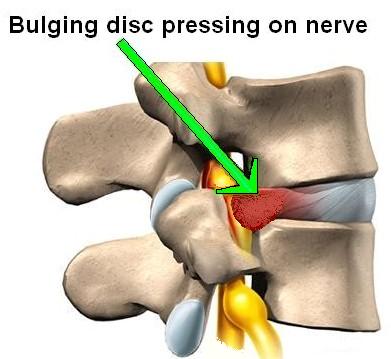| |

The following article is taken from the New York Injury Cases Blog. This article brings you the latest information in regards to a case where Mr DiJoseph represents the Plaintiff, Sergeant Michael Lauro of the New York City Police Dept. on appeal.
|
|
By JOHN HOCHFELDER
December 4, 2009
**Arnold DiJoseph: Appeals Attorney
On April 13, 2003, Sergeant Michael Lauro of the New York City Police Department wasperforming a station-house security check at his precinct when he slipped and fell in a puddle of water.
After minor treatment, he was diagnosed with a rib fracture (which healed) and back pain. Unfortunately, the back pain never got better, MRIs revealed two herniated discs in his back pressing on spinal nerves and, despite years of treatment thereafter, Lauro could never return to work and remains disabled to this day.
On May 18, 2007, a Queens County jury returned a verdict in the 49 year old plaintiff’s favor finding that his injuries were due to the city’s negligence and awarding him pain and suffering damages in the sum of $810,000 ($160,000 past, $650,000 future). Last week, that verdict was upheld on appeal in Lauro v. City of New York.
The pain and suffering verdict is significant because plaintiff never underwent surgery (his doctor testified he’d require it but that the outcome is totally uncertain). Juries and appellate courts frequently devalue back and neck pain and suffering claims when there’s been no surgical repair.
In many car accident cases in New York, this type of back injury claim is dismissed without a trial due to the restrictions of Insurance Law Section 5102 which mandates that plaintiffs’ injuries meet a narrow statutory threshold. My colleague, Eric Turkewitz, discusses plaintiffs' frustrations with this law over at New York Personal Injury Lawyer, here.
Mr. Lauro, though, had several factors in his favor which influenced the jury and the appellate judges:
 
1. multiple MRIs over the years after the fall that showed the protruding discs pressing upon spinal nerves (causing excruciating pain)
2. markedly decreased range of motion – forward flexion was severely limited to 20 degrees;
continued prescriptive use of narcotic medication (Vicodin) for credible complaints of unremitting pain resulted in dependence and side effects (including memory loss and lethargy);
3. inability to return to work or engage in activities such as camping, biking, swimming or bowling
Inside Information:
1. The defense case was impaired severely because of its failure to produce at trial its doctor who had examined plaintiff two years earlier and was expected to testify. Defense counsel claimed the doctor was suddenly unavailable but the trial judge agreed with plaintiff’s counsel that a “missing witness” charge should be made whereby the jury was told it could make a negative inference due to the doctor’s absence. In fact, the defense doctor’s report of his examination supported plaintiff’s injury claims and that, plaintiff’s lawyer urged, was clearly the reason for the doctor’s curious absence.
2. Plaintiff had a motorcycle accident in 1989 in which he injured his neck and the defense urged that plaintiff’s current injuries were all related to the prior accident. Plaintiff claimed the prior injuries were minor and the jury agreed apportioning only 2% of the damages to the prior accident and 98% to the current one.
**3. Plaintiff’s claim that he was permanently disabled from work was credited by the jury which awarded him $1,400,000 lost earnings damages. The trial judge, though, invoked the doctrine of “collateral estoppel” and set aside that award because, when Lauro applied for disability retirement from the city after the current accident, the city’s medical board ruled that while indeed Lauro is disabled the disability resulted from the 1989 accident. Plaintiff successfully urged on appeal that his lost earnings verdict should be reinstated. His eminent appellate counsel, Arnold E. DiJoseph, noting that plaintiff worked for 14 years straight after the 1989 accident and it was only after the 2003 accident that he never returned to work, pointed out that the city stood to gain a great deal by simply shifting blame for plaintiff’s disability to the 1989 incident.
There was only one case cited by the appellate court in Lauro v. City of New York to substantiate the reasonableness of the pain and suffering verdict. In that case, Wimbish v. New York City Transit Authority (2003), an $800,000 pain and suffering verdict ($300,000 past – 8 years, $500,000 future – 30 years) was upheld for a woman in a bus accident who sustained three large herniated discs in her neck. She underwent no surgery but remained in excruciating pain and would require future surgery.
|
|




